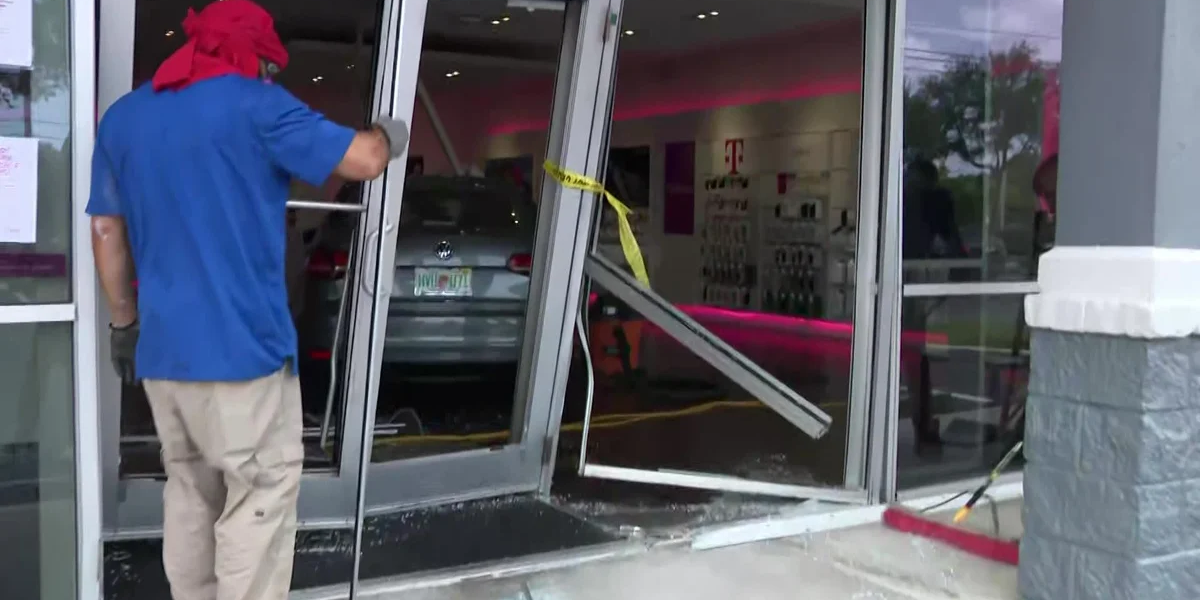Sacramento, California — After years of delays, the California High-Speed Rail Authority (CAHSR) has announced a major step forward in the nation’s first bullet train project. The Authority confirmed Thursday that track-laying could begin as early as 2026, marking what officials describe as a turning point in the state’s most ambitious infrastructure project.
Track Procurement Process Approved
The Authority’s board of directors voted to accelerate the timeline for acquiring the first high-speed rail tracks and system components. U.S. manufacturers will be invited to bid on six procurement packages that include rail, ties, fiber optic cables, and catenary poles.
The total package is valued at $507 million, fully funded by the state. By securing contracts now, CAHSR aims to ensure materials are ready as soon as construction crews complete guideways and structures in the Central Valley.
“Purchasing the track and materials needed to launch the nation’s first high-speed rail installation within the next year is a major milestone,” said Authority CEO Ian Choudri.
He emphasized that the effort will deliver a system that promotes economic growth, affordable housing, and environmental sustainability across California.
Staging Yard Near Completion
Construction crews are also finalizing a 150-acre rail staging yard in Kern County, located at the southern end of the Central Valley line. The site will serve as a logistics hub, allowing freight trains to directly deliver track materials to construction zones. Officials say the yard will streamline operations and prevent costly delays.
Why Track Has Not Been Laid Yet
One of the project’s most frequent criticisms has been the lack of visible track. Opponents, including U.S. Transportation Secretary Sean Duffy, have pointed to the absence of track as evidence of failure.
“In twenty years, California has not been able to lay a single track of high-speed rail,” Duffy said earlier this week, blasting the project as a misuse of federal funding.
However, transportation experts counter that track-laying is one of the final steps in rail construction. Before any rails can be installed, crews must finish building bridges, viaducts, and underpasses. Legal disputes, environmental reviews, and funding challenges have also contributed to the delays.
Progress Made in the Central Valley
Despite criticism, the Authority notes that substantial progress has already been made:
- 57 structures completed in the Central Valley
- 29 additional structures under construction
- Nearly 70 miles of guideway finished
- 171 miles under design and construction between Merced and Bakersfield
Additionally, all but 31 miles of the route between San Francisco and Los Angeles have received environmental clearance.
Job Creation and Economic Impact
According to KTLA, The project has generated over 15,800 jobs, most filled by Central Valley residents. On average, 1,700 workers report to high-speed rail construction sites daily, providing a steady source of employment in the region.
Read Also: Oregon Father Dies Mid-Flight From South America, Family Seeks Help to Bring Him Home
Officials say the bullet train is not only an infrastructure project but also a driver of economic mobility and long-term investment. Billions of dollars in contracts and local spending have already flowed into the Central Valley, creating ripple effects for small businesses and construction suppliers.
Funding Challenges Ahead
One of the biggest obstacles to completing the high-speed rail remains funding. Currently, revenue sources come from a patchwork of federal grants, state funds, and cap-and-trade proceeds.
Governor Gavin Newsom has proposed allocating $1 billion annually from California’s cap-and-trade program to provide the project with a consistent funding stream. Authority leaders argue that a reliable budget would allow them to secure financing, accelerate construction, and potentially expand the line more quickly.
Looking Ahead
As CAHSR prepares to lay its first tracks in 2026, supporters view this as a turning point in what has often been a politically charged project. Backers believe the bullet train will eventually connect San Francisco to Los Angeles in under three hours, reducing carbon emissions and reshaping California’s transportation system.
Critics, however, remain skeptical of cost overruns and delays, warning that the project could continue to face financial and political hurdles.
For now, officials stress that progress is tangible and measurable. “We are building faster, smarter, and more economically,” said CEO Ian Choudri, highlighting that the vision of high-speed rail in California is closer to reality than ever before.
Do you think California’s high-speed rail will deliver on its promises, or is it an over-budget dream project? Share your thoughts in the comments at ibwhsmag.com.


 by
by 

